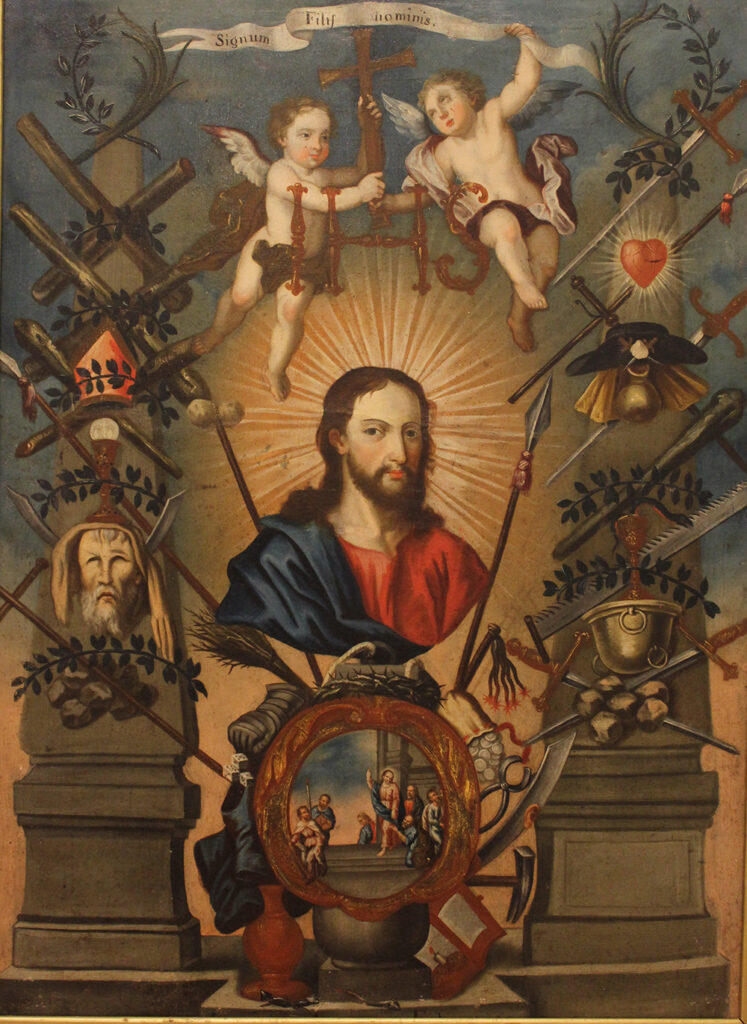Bernardo Rodríguez (siglo XVIII – inicios del XIX) fue un destacado pintor y muralista de la Escuela Quiteña, especializado en motivos religiosos, especialmente marianos. Su estilo, cercano al de Manuel Samaniego, se caracterizó por un refinado uso del claroscuro y una notable calidad técnica que le otorgó gran prestigio en el Quito virreinal. Amparado por el mecenazgo eclesiástico, realizó numerosos encargos para templos y conventos, entre ellos importantes trabajos para la Catedral de Quito entre 1801 y 1802, como El Portal de Belén, El Bautismo de Cristo y La Adoración de los Magos. Parte de sus obras se conservan en el Museo de Arte Colonial y en la Casa de la Cultura Ecuatoriana.
Rodríguez también elaboró series hagiográficas, como la de 1797 expuesta en el Museo de San Agustín, además de los lienzos de Los Doctores de la Iglesia, representando a San Agustín, San Ambrosio, San Gregorio y San Jerónimo. Su producción refleja el equilibrio entre el legado barroco y la transición hacia un arte más ilustrado, dentro del marco religioso de su tiempo. Maestro de Antonio Salas Avilés, Rodríguez dejó un legado que influyó directamente en la pintura quiteña del siglo XIX, consolidándose como una figura clave en la continuidad y transformación de la tradición artística colonial.

Bernardo Rodríguez (18th – early 19th century) was a prominent painter and muralist of the Quito School, specializing in religious motifs, especially Marian motifs. His style, similar to that of Manuel Samaniego, was characterized by a refined use of chiaroscuro and remarkable technical skill, which earned him great prestige in colonial Quito. Protected by ecclesiastical patronage, he completed numerous commissions for churches and convents, including important works for the Quito Cathedral between 1801 and 1802, such as The Portal of Bethlehem, The Baptism of Christ, and The Adoration of the Magi. Some of his works are preserved in the Museum of Colonial Art and the House of Ecuadorian Culture.
Rodríguez also created hagiographic series, such as the one exhibited in the San Agustín Museum in 1797, in addition to the paintings of the Doctors of the Church, depicting Saint Augustine, Saint Ambrose, Saint Gregory, and Saint Jerome. His work reflects the balance between the Baroque legacy and the transition toward a more enlightened art, within the religious framework of his time. A teacher of Antonio Salas Avilés, Rodríguez left a legacy that directly influenced 19th-century Quito painting, establishing himself as a key figure in the continuity and transformation of the colonial artistic tradition.
